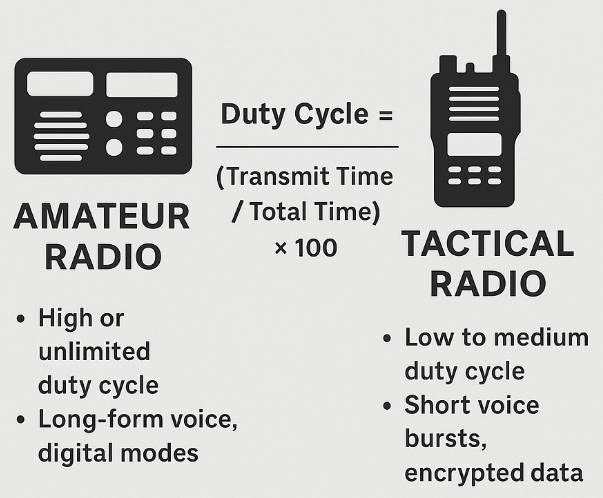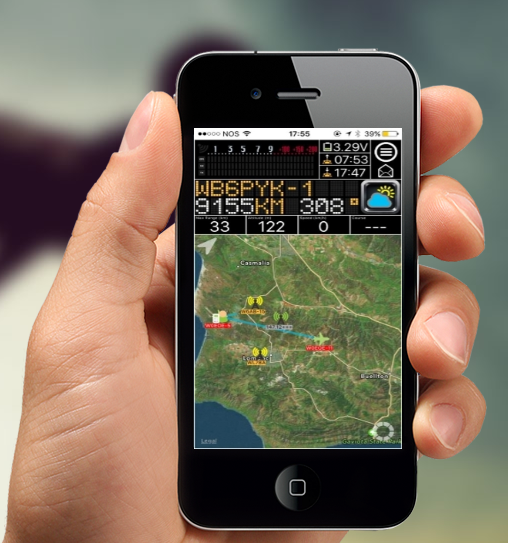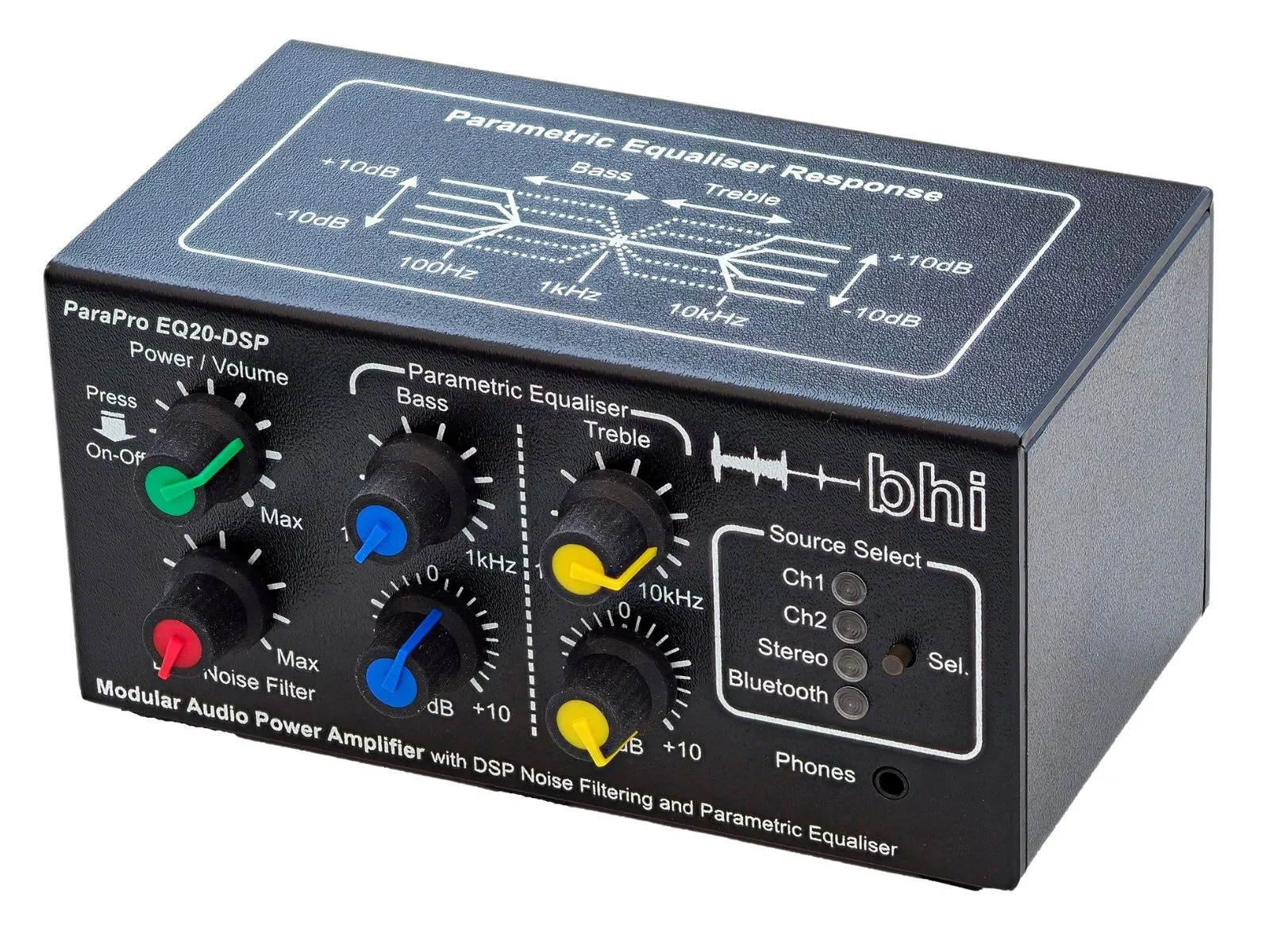amateur radio
radio duty cycle
tactical radio
AmateurRadio, dutyCycle, emergencycomms, FieldCommunications, hamradio, militaryradio, radio, radiocommunication, radiodesign, radioscience, radiosetup, radiospectrum, radiotechnology, radiotransmission, RadioWaves, rfengineering, securecommunications, SignalProcessing, tacticalradio, txrx
9M2PJU
0 Comments
Understanding Duty Cycle in Radio Communications: How It Affects Amateur and Tactical Radios
When discussing radio communications, one term that often comes up—especially in the context of performance, regulation, and hardware design—is duty cycle. While it may sound technical, the concept is actually quite simple, yet its impact on radio operation is significant.
In this article, we’ll break down what duty cycle means, why it matters, and how it compares in amateur radio and tactical radio contexts.
🔁 What Is Duty Cycle?
The duty cycle of a radio refers to the proportion of time a transmitter is actively transmitting versus the total period of operation.
📐 Formula:
Duty Cycle (%) = (Transmit Time / Total Time) × 100
🧪 Example:
If a radio transmits for 2 minutes and then remains idle for 8 minutes:
(2 / 10) × 100 = 20% duty cycle
A 100% duty cycle means the radio transmits continuously without any breaks. A 1% duty cycle means it transmits for just 0.6 seconds every minute.
⚙️ Why Duty Cycle Matters
Duty cycle is not just an engineering metric—it directly affects:
- Battery life
- Thermal performance
- Regulatory compliance
- Device longevity
- Network fairness
Different types of radios are designed with specific duty cycles in mind, balancing power output, heat, and performance needs.
📻 Duty Cycle in Amateur Radio
Amateur radios (ham radios) are typically designed for flexible, manual operation. Operators might chat for hours, transmit long digital messages, or even use modes like FT8 which rely on timed transmissions.
✅ Common characteristics:
- High or unlimited duty cycle for most HF and VHF transceivers (especially base stations).
- Designed for continuous transmission in modes like CW, RTTY, FT8, and SSB.
- Manual control of transmission; operator decides when and how long to transmit.
🔥 Limitations:
- Prolonged high duty cycle in portable or handheld transceivers can lead to overheating.
- Operators must understand cooling needs and power settings to avoid hardware damage.
🚲 Duty Cycle in Tactical Radios
Tactical radios, used by military and first responders, are designed with mission-specific requirements:
- Security
- Mobility
- Battery efficiency
- Thermal durability
✅ Common characteristics:
- Often operate in low to medium duty cycle ranges.
- Transmissions are typically brief and mission-critical (e.g., push-to-talk voice or short burst data).
- Some tactical radios use frequency hopping spread spectrum (FHSS) or TDMA, which inherently limits transmit time per channel.
⚠️ Design constraints:
- Thermal limits are crucial—radios may have auto power cutoffs to prevent overheating.
- Battery conservation is prioritized, especially in field operations.
- Radios may be rate-limited to preserve spectrum availability in multi-user environments.
🆚 Amateur vs Tactical Radio: Duty Cycle Comparison
| Feature | Amateur Radio | Tactical Radio |
|---|---|---|
| Transmission Type | Long-form voice, digital, CW | Short voice bursts, encrypted data |
| Typical Duty Cycle | Medium to high (up to 100%) | Low to medium (often 10–30%) |
| Cooling Mechanism | External heatsinks/fans on base units | Internal thermal controls |
| Power Source | Mains or large external batteries | Compact, field-grade batteries |
| Regulation Focus | Operator responsibility | Built-in restrictions and auto controls |
| Use Case | Casual, contesting, emergency comms | Tactical missions, secure operations |
🔍 Real-World Examples
📡 Amateur Radio
- An Icom IC-7300 HF rig can handle 100% duty cycle on digital modes with adequate cooling.
- A Baofeng UV-5R handheld might struggle with even 30% duty cycle at high power due to heating.
⚔️ Tactical Radio
- A Harris AN/PRC-152 or Thales MBITR typically transmits short encrypted bursts with a duty cycle around 10–20%.
- Devices are ruggedized but internally limited to prevent overheating or battery drain in extended combat ops.
📊 What Happens If Duty Cycle Is Exceeded?
Overrunning the designed duty cycle can lead to:
- Overheating
- Amplifier damage
- Battery drain
- Regulatory violation (in ISM bands)
Manufacturers typically state maximum duty cycles in their manuals. For mission-critical systems, these limits are often enforced by firmware.
🔚 Final Thoughts
Understanding duty cycle helps operators—whether hobbyists or military professionals—get the best performance while protecting their gear and complying with spectrum rules.
While amateur radio allows for flexible, user-driven transmission styles, tactical radios are engineered for disciplined, brief, and secure communication—each optimized for their unique roles.
Have you experienced thermal shutdowns or battery issues due to high duty cycles? Share your thoughts or gear tips in the comments!







Post Comment